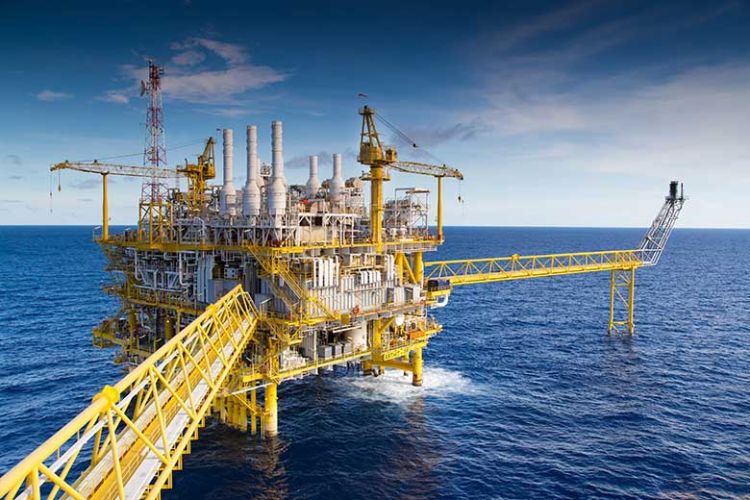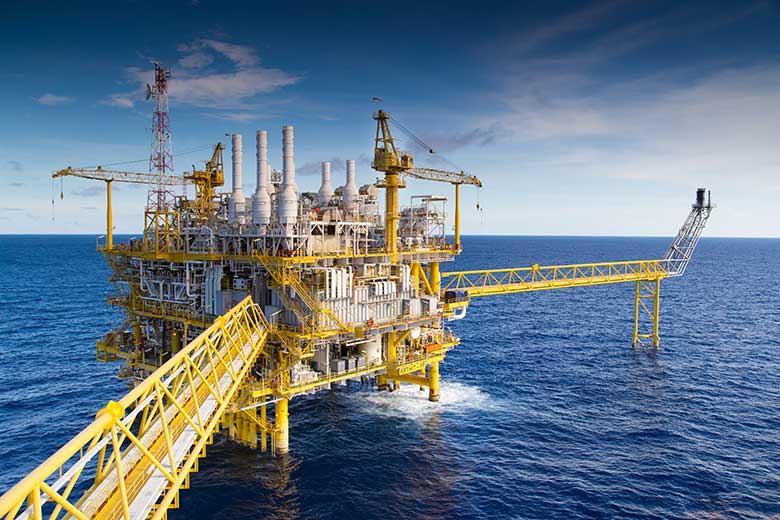Innovation in wastewater management

Qatar University research into environmentally friendly technologies is poised to create far-reaching benefits for the world’s marine environment
Wastewater from both domestic and industrial sources is a huge challenge for the environment. One particular culprit is “produced water”. In the gas and oil industries, it is a toxic substance created when oil and gas are extracted from the ground. It is nearly impossible to treat, and the generation of large amounts of produced water (estimated at seven to 10 barrels per barrel of oil in the US) represents a major environmental and economic strain created by those industries.
Leading the way on a number of initiatives for the development of new, environmentally friendly technologies for both industries is Muftah El-Naas, the director of the Gas Processing Center in the College of Engineering at Qatar University.
Dr El-Naas has helped to spearhead an effort to develop an electrocoagulation cell for the treatment of produced water. The cell uses an innovative form of perforated electrode design to eliminate or reduce the formation of an insulating layer of oxides. In tests, it was shown to reduce energy consumption by about 70 per cent compared with the typical plate electrode commonly used for the process.
Furthermore, the new cell design achieved a steady state reduction of the organic contaminants in the produced water by up to 97 per cent, 98 per cent and 95 per cent for total organic carbon, total petroleum hydrocarbon, and oil and grease, respectively.
The paper detailing this important research was published in December 2019, two years after work started. Dina T. Moussa, a former student of Dr El-Naas and one of the paper’s co-authors, started the project as a master’s thesis at the laboratories of the GPC.
“We discussed a lot of ideas,” says Dr El-Naas, “and settled on a perforated electrode to combat passivation – which is when calcites form on the electrode and make its resistance very high and its efficiency very low. Using air through the electrode, it cleans as it works.”
The idea will eventually be expanded to utilise the same approach for other, more complex types of produced water.
“We’re now ready for the next step, which is the pilot stage,” Dr El-Naas continues. “During this phase, the process will be optimised for full-scale use and we’ll make a techno-economic study of how much the cost is per cubic metre of water – something that we can’t do in a lab – and benchmark the process against previous methods.”
GPC has “pilot units” in which various initiatives can be tested (past ones include carbon-dioxide capture). Dr El-Naas’ research team previously designed and built a major pilot scheme refining wastewater from a refinery within the refinery itself.
Support from industry is required to get to the pilot stage, and it is likely that there will be great interest in the venture because the benefits of effective electrocoagulation are so significant.
“Water scarcity is the number one challenge in the Middle East,” says Dr El-Naas. “The region relies heavily on desalination, and the amount of water produced by the oil and gas industries is significant. Meanwhile, Qatar is working towards a ‘zero per cent’ discharge into the Gulf. That’s why we have to focus on water treatment and not consider water as an acceptable waste product. If it is treated, that water could be used for irrigation and reduce the burden on desalination plants.”
As Dr El-Naas infers, the potential impact of the electrocoagulation technique – and its crucial element of reducing passivation – could be even wider than produced water in the oil and gas sectors.
“Electrochemical techniques could be applied to discharges from the pharmaceutical industry, refineries, paper waste, and tanneries – in fact, we have one student working on that last area already,” he says.
The current work on electrocoagulation, and the potential future developments of it, chimes with both global and regional initiatives on the environment.
On a global level, it harmonises with the United Nations’ Sustainable Development Goals. This is particularly the case in relation to Goal 14 – “conserve and sustainably use the oceans, seas and marine resources” – which emphasises the importance of ocean life and the threat posed by “pollution and ocean acidification”. As Dr El-Naas observes, if the results achieved by the electrocoagulation cell were replicated on an industrial scale, the benefits to the marine environment would be, almost literally, clear. “Though we [the GPC] haven’t tested it yet, there’s also the possibility of treating desalination brine, which is currently sent back to the sea.”
On a national level, it is in line with Qatar National Vision 2030. This is a far-reaching initiative that started in 2008 and was designed to signpost Qatar towards becoming a society capable of sustainable development and providing a high standard of living for all its citizens by 2030. Of particular relevance to the work of Dr El-Naas and the GPC is the fourth of its “four pillars”, which is environmental development (the other three are human development, social development and economic development).
According to the Qatari government: “This pillar draws attention to the importance of finding harmony between economic growth and environment protection. As global water and hydrocarbon resources diminish and the effects of pollution and environmental degradation increase, it will become more important for Qatar to work with regional neighbours and the international community to protect the environment.”
The GPC has a number of other projects, such as reducing carbon emissions via carbon-dioxide conversion and removal using novel, nanoparticles catalysts. Nanoparticles are also being employed in water treatment in a project involving a collaboration with Malaysia and the UK. It also works with water generated by the gas-to-liquid process (converting gaseous hydrocarbons into gasoline or diesel fuel) which, as Dr El-Naas says, “generates a considerable amount of water that can be easily cleaned”. Alongside its work as a major training centre and producing white papers, the GPC is becoming a pillar of Qatar’s higher education community.
For more information please visit www.qu.edu.qa
